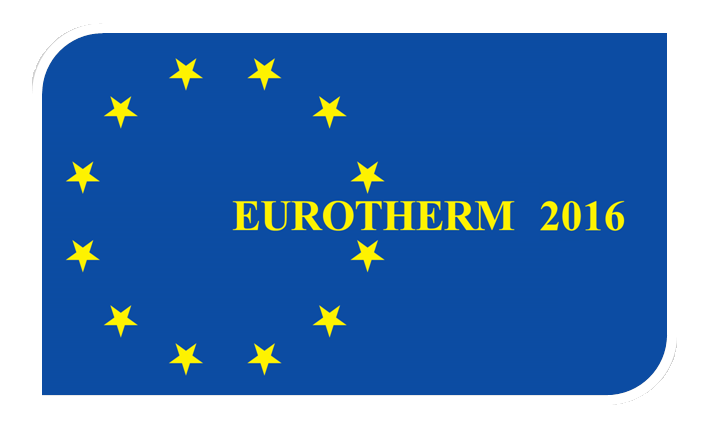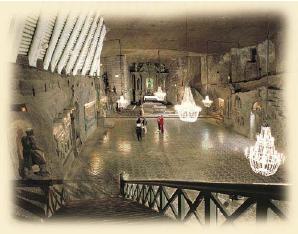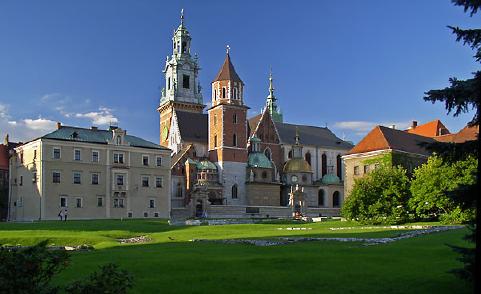
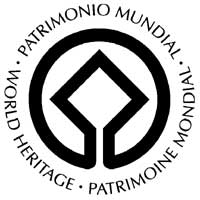
The World Heritage List in Krakow and the Vicinity
The World Heritage List includes 851 properties forming part of the cultural and natural heritage which the World Heritage Committee of UNESCO (United Nations Educational, Scientific and Cultural Organization) considers as having outstanding universal value. Five of those world treasures are in or very close to Krakow:
• Krakow’s Historic Center
The historic centre of Krakow, the former capital of Poland, is situated at the foot of the Royal Wawel
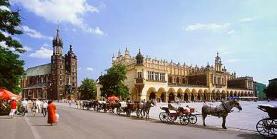
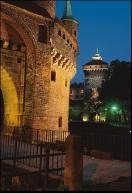
• Wieliczka Salt Mine
This deposit of rock salt in Wieliczka-Bochnia has been mined since the 13th century. Spread over nine levels, it has 300 km of galleries with works of art, altars, and statues sculpted in the salt, making a fascinating pilgrimage into the past of a major industrial undertaking.
In 1978 Wieliczka Salt Mine was entered on the UNESCO World Cultural Heritage list.
• Auschwitz Birkenau, German Nazi Concentration and Extermination Camp (1940-1945)
The largest Nazi concentration camp formed during World War II, the Auschwitz- Birkenau Memorial Museum was established in 1947 by the Polish Government on the site of the largest Nazi concentration camp, which was
set up in 1940 to hold prisoners from Poland. From 1941 on Nazis imprisoned there people from all the countries occupied by the Third Reich. From 1942 it also became one of the biggest extermination camps for the European Jews.
According to historical investigations, 1.5 million people, among them a great number of Jews, were systematically starved, tortured and murdered in this camp, the symbol of humanity’s cruelty to its fellow human beings in the 20th century.
In recognition of its historical significance as a memorial to all who suffered and died there, the site of the former concentration camp in Auschwitz-Birkenau was placed on the UNESCO World Cultural Heritage list in 1979.
Auschwitz Birkenau Memorial & Museum Homepage
• Kalwaria Zebrzydowska: the Mannerist Architectural and Park Landscape Complex and Pilgrimage Park
Kalwaria Zebrzydowska is a breathtaking cultural landscape of great spiritual significance. Its natural setting – in which a series of symbolic places of worship relating to the Passion of Jesus Christ and the life of the Virgin Mary was laid out at the beginning of the 17th century – has remained virtually unchanged. It is still today a place of pilgrimage.
Kalwaria Zebrzydowska has been on the UNESCO World Heritage List since 1999.
Kalwaria Zebrzydowska Homepage
• Wooden Churches of Southern Little Poland (Malopolska)
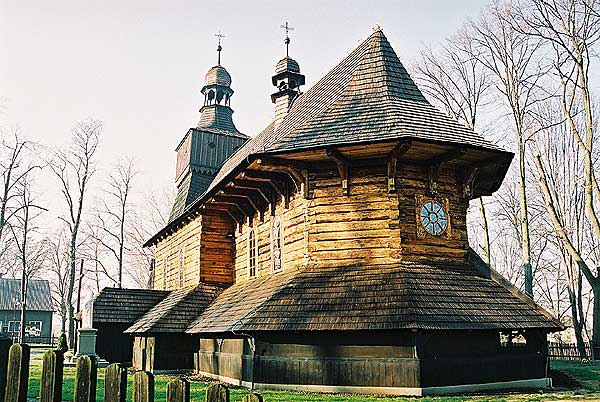 The wooden churches of southern Little Poland represent outstanding examples of the different aspects of medieval church-building traditions in Roman Catholic culture. Built using the horizontal log technique, common in eastern and northern Europe since the Middle Ages, these churches were sponsored by noble families and became status symbols. They offered an alternative to the stone structures erected in urban centres (from 2003 on the UNESCO World Heritage List).
The wooden churches of southern Little Poland represent outstanding examples of the different aspects of medieval church-building traditions in Roman Catholic culture. Built using the horizontal log technique, common in eastern and northern Europe since the Middle Ages, these churches were sponsored by noble families and became status symbols. They offered an alternative to the stone structures erected in urban centres (from 2003 on the UNESCO World Heritage List).
